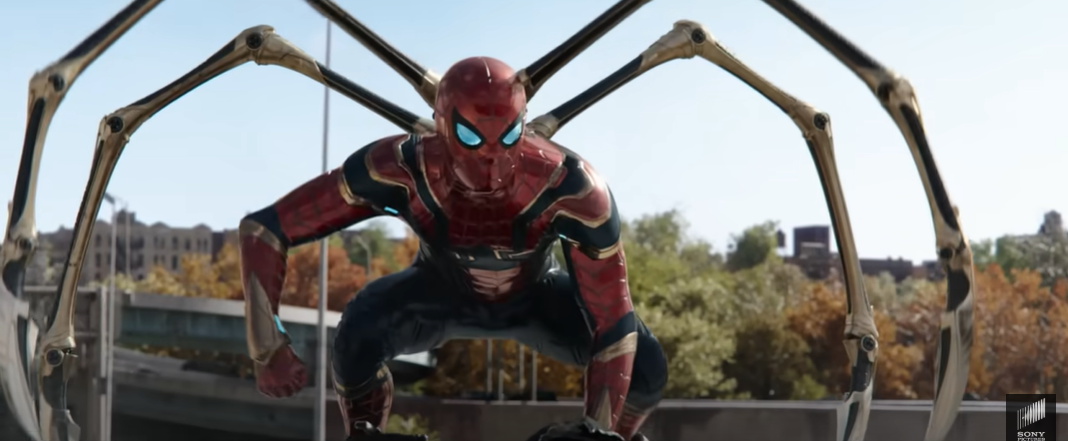Conversation analysis 1
Video Summary & Chapters
No chapters for this video generated yet.
Video Transcript
Hello, today I want to talk to you about conversation analysis, which as the name indicates, are
the concepts and tools involved in describing and analyzing how spoken language works, and
in particular conversation, which for linguists is a very special and unique part of spoken
language, especially because it's so often used primarily for social purposes and not
to communicate meaning, not to teach people, not to get things done, not to do anything
other than...
express a social relationship that one is either building or maintaining with someone else.
So first I'd like to try to convince you that thinking about the structure of a spoken
interaction is valuable for helping us determine what's going on, right? Look at this, you have
nine lines of text all spoken by one person, A, and you don't know what the words are. You just
know that A, I've just used X's, right, A is talking, so what do we see here? A is
talking one long extended turn, no one else is talking. There appear to be few,
there are no pauses marked or anything, just words. Think for a minute what kind,
what genre is that, what genre of interaction is this? What is A doing when
she or he talks like this? I hope you're thinking of something where you have one
speaker talking for an extended amount of time, like a lecture such as I'm doing
now, or perhaps a religious ceremony, although some parts of a religious
ceremony are interactive, of course, some parts aren't. Perhaps a speech by a
political figure, something like that, right, is what you'd expect when you see
a transcription like this, just one person talking. What's going on here? Here
you'll probably be thinking, okay, so this has got two speakers and the turns are
much shorter and they're taking turns going back and forth.
And it's probably some kind of interaction.
It could be a conversation,
could be at the doctor's office, right?
It looks to me in line one,
that A is asking a question and B is just saying yes.
And then A asks another question,
B says, aha, or something like that, right?
We don't know exactly, but we can see, okay,
this is a different kind of social interaction
because there's two people
And their turns are reasonably similar. B starts to take longer turns in line six
and eight, right? So, something different is going on.
And we know that without knowing the words, just because you know the
structure. You know two people are involved.
You know that they're taking turns, and you know something about the length of
the turns. What's going on here?
Notice nothing's really changed except that there is now a third speaker
involved, right? And now, once you have three people, A
then B, then A, then C, then A, then C. Now you probably get a much stronger feeling that this
would have to be a conversation and not necessarily a doctor-patient interaction. Again, it doesn't
have to be, but this is much more likely what we'd see in a conversation amongst three people,
right? They take turns and they go back and forth a bit, but there's no real order. You don't go A,
ABC, ABC, like it was an organized debate.
There's short turns and longer turns, but none of them are too long.
Nobody ever wants to talk too long in a conversation or you end up feeling like you're dominating
and the other people may feel like they're not getting a chance and no one likes that,
right?
And how about this one?


 Install Tubelator On Chrome
Install Tubelator On Chrome






